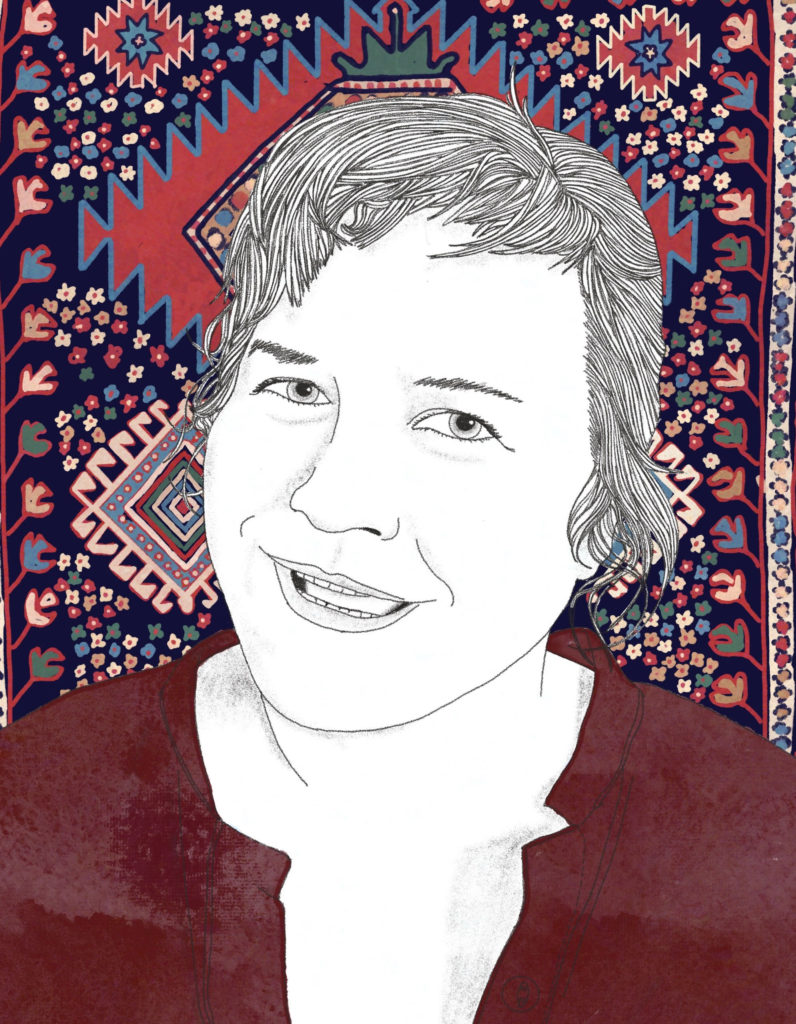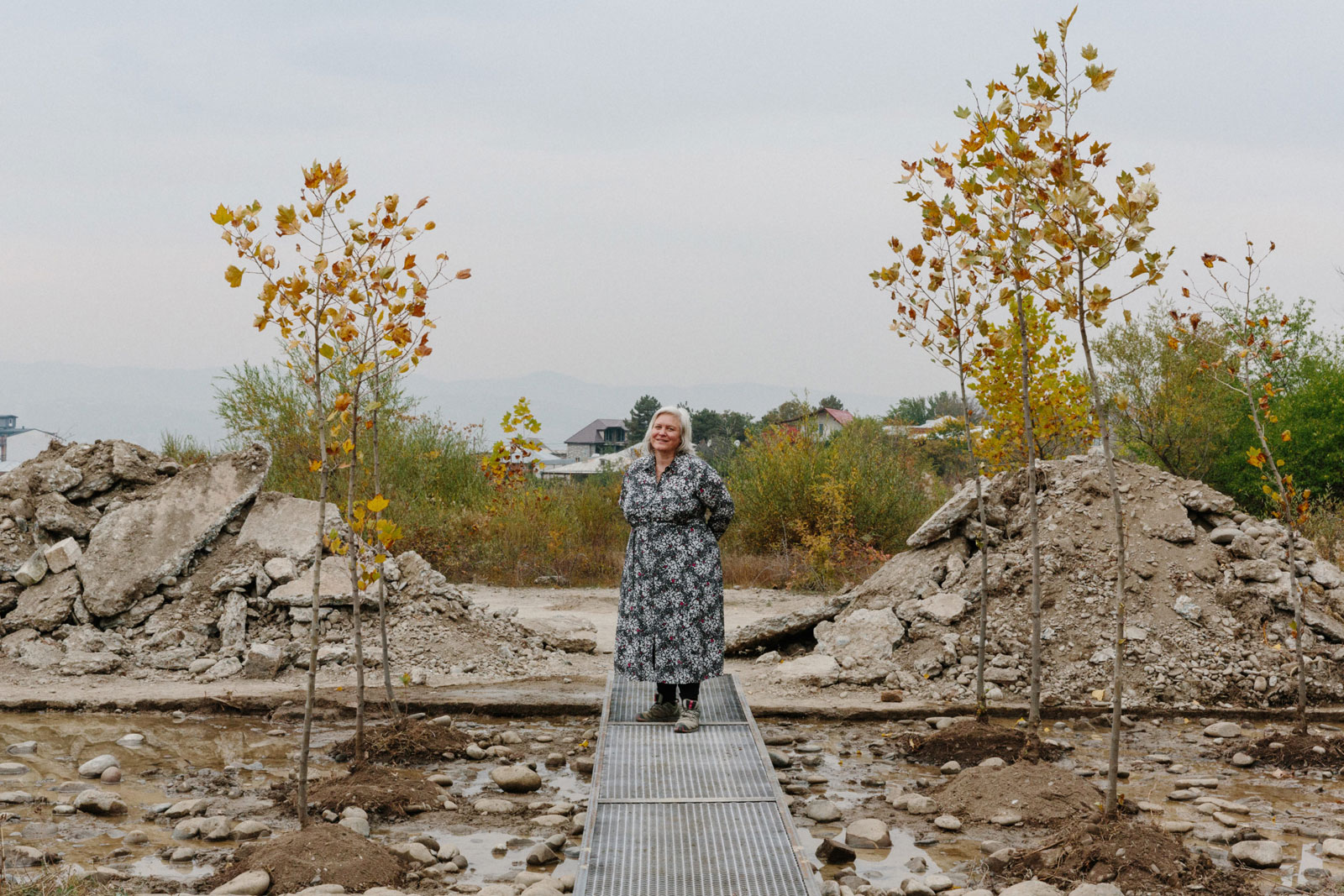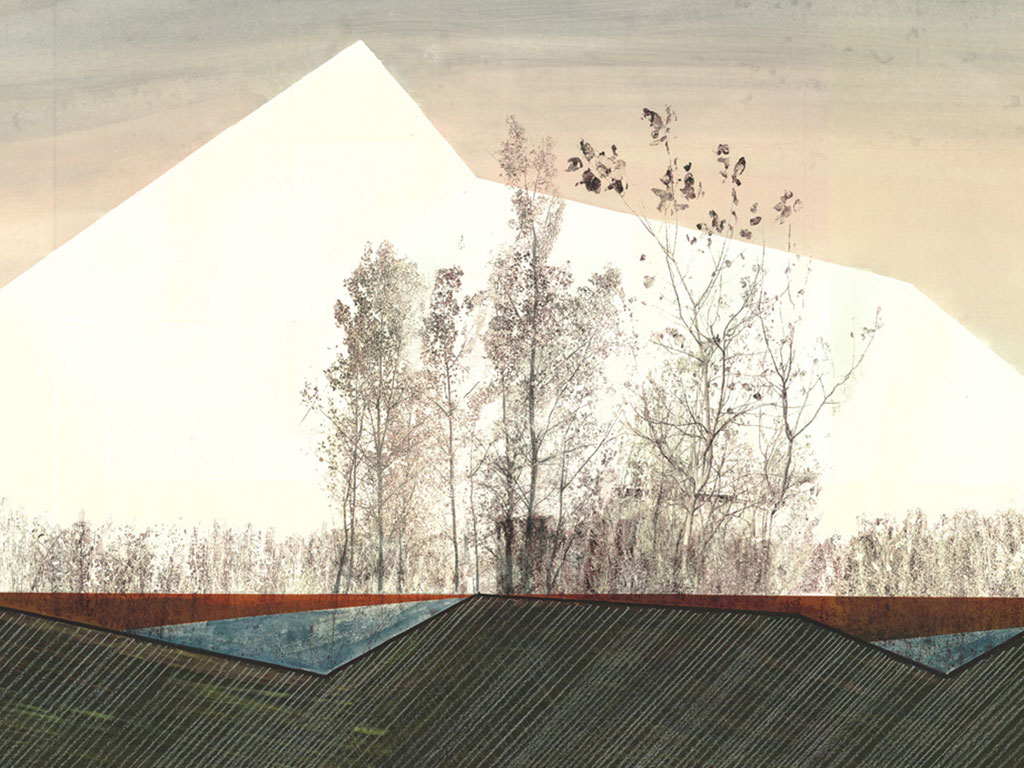
“We so finely tune infrastructures to the nth degree but what if we put a little bit extra in there as a kind of wild card? I wish more people could see the potential of setting aside a little bit of surplus.”
Sarah Cowles encourages radically rethinking the synthetic landscapes found in cities. When welcoming nature to our human cities, do we aim for an artificial remaking of what once was there? Or do we go with the plants that long to grow there now, the ones that are perfectly suited to take on land that was once paved?
Sarah named her landscape architectural studio “Ruderal,” a biological term applied to plant species willing to grow in wastelands. Several years ago, Sarah established Ruderal after leaving the United States and going to live and work in the nation of Georgia. In episode 28, she talks about how the Soviet Union was dedicated to sustaining “big health landscapes,” large outdoor spaces intended to heal and renew—and what that legacy now looks like up close and in person in Georgia.
How to Find Out More About Sarah Cowles’ work
Ecologists use the term ruderal, from the Latin rudus (rubble), to describe disturbance-adapted species,” writes Sarah Cowles. “Ruderal species embody the unruly, tenacious, and opportunistic qualities of vegetation. They are metaphorically paradoxical: indexing catastrophe and abandonment, yet conversely representing resilience and renewal.” [Paper presented to and published by the Association of Collegiate Schools of Architecture, available here.]
Landscape Architecture magazine publishes some wonderful pieces of Sarah’s. Here are links to some of her written work: After Extraordinary Conditions; Crisis Actors: Designers Find New Ways to Tell Communities About climate Change; and here are reviews of the books Dynamic Patterns: Visualizing Landscape in a Digital Age and Cartographic Grounds: Projecting the Landscape Imaginary. Pearly Jacobs, the audio producer who recorded Sarah’s end of the podcast interview over in Georgia, also made this cool video about Sarah’s Arsenal Oasis project. It really brings it to life.
This is the website for Ruderal; you can sign up for newsletters there. On Ruderal’s Instagram, you can see photos of Arsenal Oasis, the project Sarah describes in the episode. @_ruderal_ Facebook @ruderaltbilisi Linkedin https://www.linkedin.com/company/ruderal
What Didn’t Make It Into the Episode But Is Important To Know About Georgia
This didn’t quite make our final cut, but it’s important not to ignore the fact that within Georgia, more than a quarter-million people have been displaced from their homes and their land during several conflicts that have flared up in the nation’s relatively brief post-Soviet history. Here’s one seven-minute audio piece on the subject that gives a taste of what’s been going on.
In the unedited interview conducted for this show, in the context of our discussion of the resorts, Sarah said, “After the fall of the Soviet Union, most of the resorts fell into disrepair. And then others were repurposed by displaced persons from the different conflicts in the nineties and the early two thousands. So some of the ethnic Georgians who had to leave Abkhazia and South Ossetia moved into those resort buildings and hotels. And since then, some have been upgraded and their conditions have slightly improved, but displacement is an ongoing crisis.”



